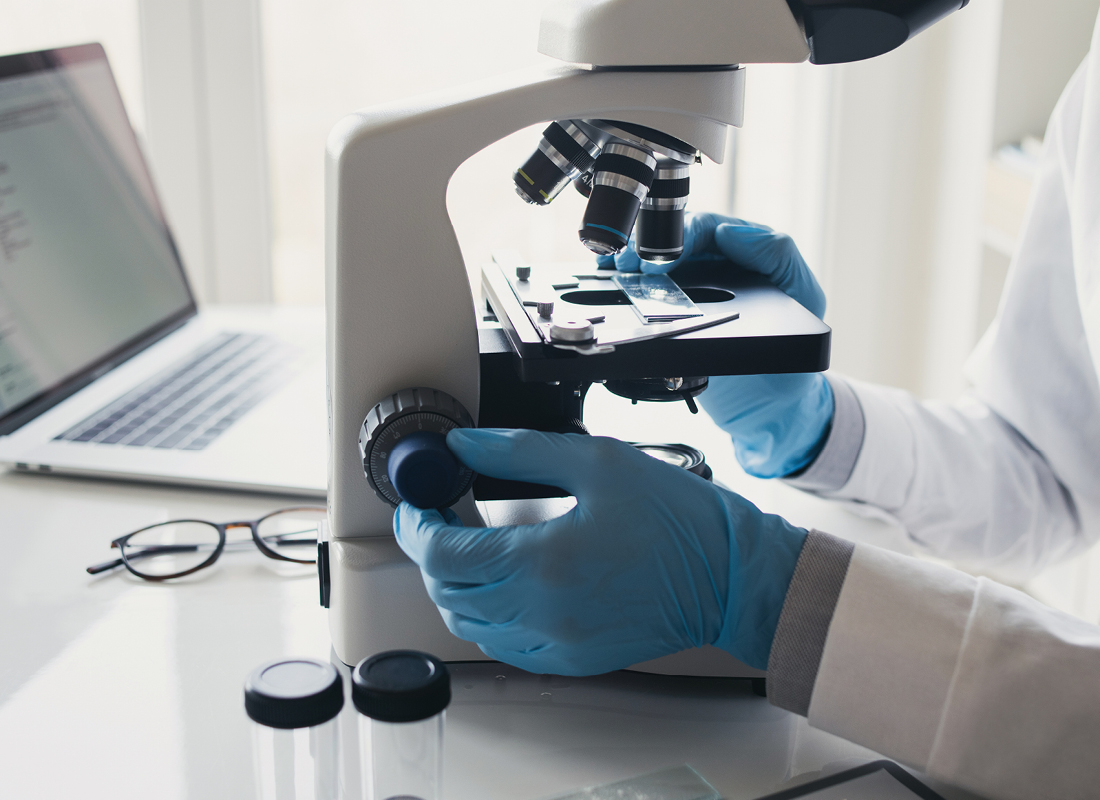How Laboratories Are Developing New Coronavirus Diagnostic Tests at Record Speed
The criticism leveled at the Food and Drug Administration (FDA) over the lack of diagnostic tests for COVID-19 in the U.S. belies the unprecedented speed with which new coronavirus tests are reaching the market. Admittedly, the agency was slow out of the gate, waiting until early February to put a coronavirus diagnostics strategy into action. But in the roughly six weeks since then, progress has been unprecedented. Here is a look at the FDA’s regulatory response and where things stand right now. The Historical Context This is the fifth time the U.S. has declared a public health emergency emergency for an infectious disease. The previous emergencies were for H7N9 influenza, Middle East Respiratory Syndrome (MERS), Ebola, EV-D68 and Zika virus. In each case, the FDA has relied on its EUA pathway to bring new tests to market on a rapid basis. And in each case, the initial EUA went to either the U.S. Centers for Disease Control and Prevention (CDC) or Department of Defense, typically within a week of the emergency’s being declared. The government tests were designed as a stopgap measure offering immediate relief until commercial laboratories could get EUA clearance for their own tests. But that took at […]

Subscribe to Clinical Diagnostics Insider to view
Start a Free Trial for immediate access to this article